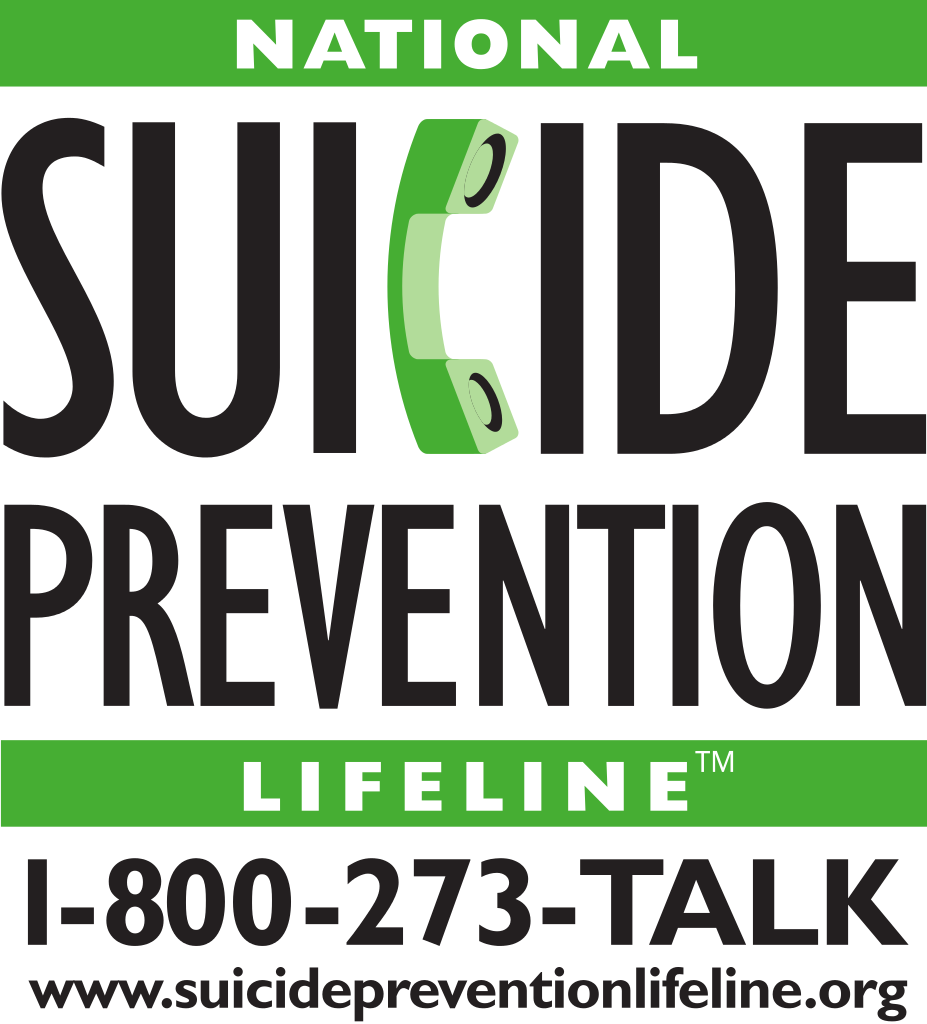
Suicide prevention requires vocal advocacy
Suicide is never an easy topic to discuss. Without discussion, however, the topic becomes one shrouded in darkness and speculation.
People ask themselves how a smiling face can mask resounding pain. They reflect on their choices after one takes place, wondering if they could have acted any differently. They regret not seeing the signs sooner. Instead of dwelling on what could have been done, however, people should look to raise awareness and to trade misconceptions for understanding.
I would be lying if I said I’ve never thought about suicide. From an outside perspective, suicide is a selfish choice made to seek attention. In the temporary moment, however, suicide can feel like the only choice.
According to Psychology Today, suicide isn’t a black and white issue. Suicidal people are often very ambivalent. They are experiencing an inner debate between a part of them that wants to live and a part that wants to die. Reaching out and connecting with the part of them that wants to live can truly save a life. Ultimately, they don’t want to die. They just want their pain to stop.
Suicide doesn’t happen out of nowhere. All too often, mental illness drives the decision. National statistics show that two out of three people who commit suicide suffer from major depression first.
Nobody chooses to develop depression, nor can those affected simply “snap out of it” by thinking positively. Suicide is equivalent to somebody dying after a long fight with cancer or heart disease. Depression is as valid and real as any other physical illness and must be treated as such.
A suicide brings the community into action, but action should always be happening. Tragedy can be prevented through proactive, vocal awareness. A common misconception is to avoid discussing suicide with depressed people, that’s it better to just ignore it.
In reality, suicidal people are usually relieved to fight the isolating thoughts and share them. Too often, victims are blamed and their families and friends are left stigmatized. As a result, people rarely communicate openly about suicide. Thus, an important public health problem is left hidden in secrecy, which hinders effective prevention.
A phone call or therapy session are great places to start in preventing suicide, but public advocacy cannot end there. Just like knowing how to alleviate the spread of the flu, the warning signs for suicidal tendencies should be common knowledge.
No matter how casual or jokingly people might make suicide threats, they should be taken seriously. Such threats should not result in a lecture on the value of life, a justification of suicidal feelings, or an argument about hurting family members and having “so much to live for.”
After an immediate suicidal crisis, people need long-term assistance, which may include medication, therapy, positive lifestyle changes or the establishment of a safety plan for potential suicidal triggers. Sometimes even the smallest actions can have a lasting impact on struggling people.
Suicide has happened throughout history and will continue for the unforeseeable future. This harsh reality should not prevent people from educating themselves and reaching out.
When words fail, suicide speaks for itself. Let’s face suicide and mental illness directly and regain control to start and continue this crucial, necessary dialogue.
Resources for those who need help
South Dakota Helpline Center: 1-800-273-8255
Counseling & School Psychological Services Center: 605-677-5250
Student Counseling Center / Cook House: 605-677-5777
